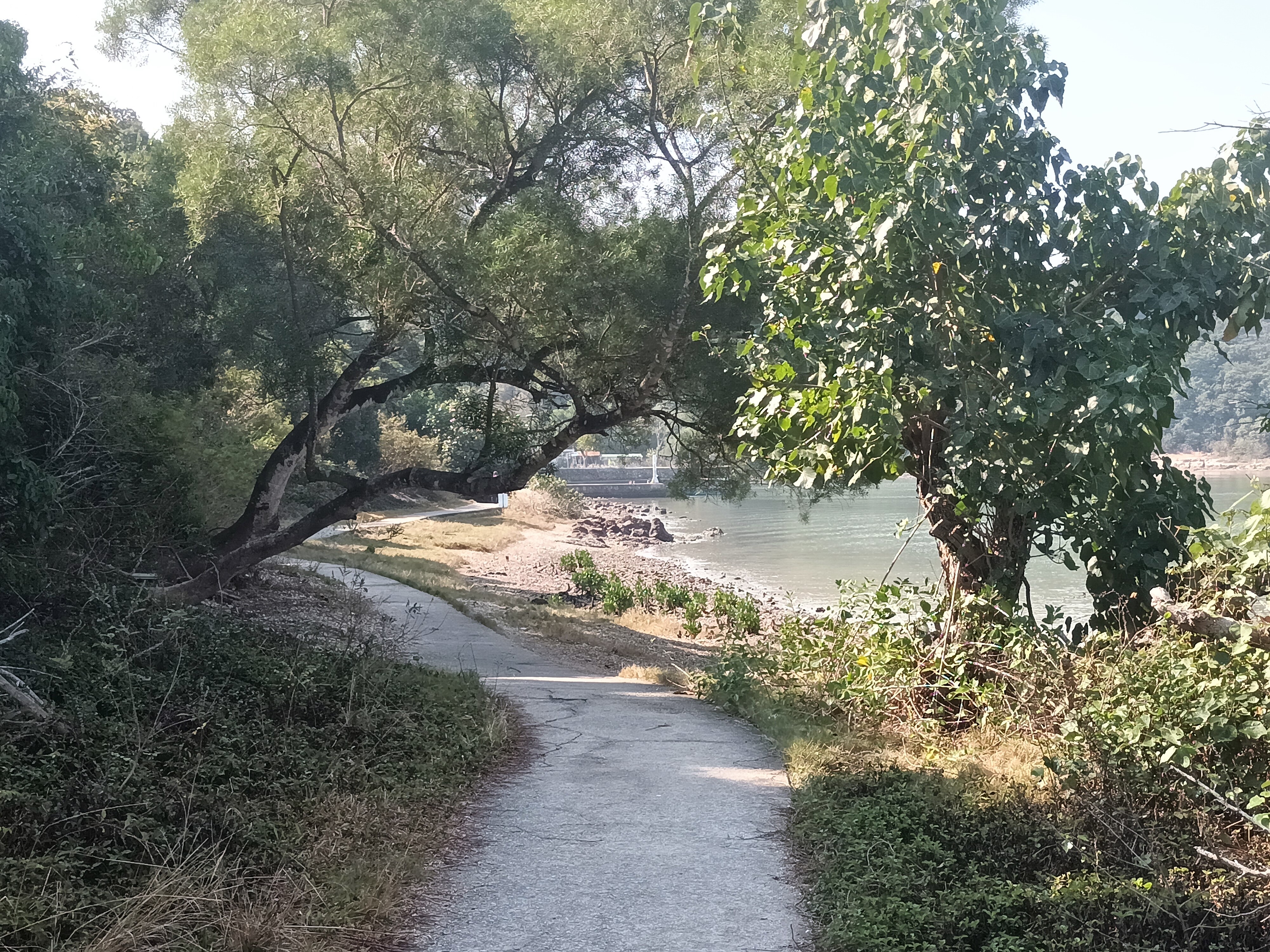Fung Hang on:
[Wikipedia]
[Google]
[Amazon]


 Fung Hang () is a village in the north eastern
Fung Hang () is a village in the north eastern
Brief Information on proposed Grade Nil Items. Item #1227
At the time of the 1911 census, the population of Fung Hang was 143. The number of males was 61.
Delineation of area of existing village Fung Hang (Sha Tau Kok) for election of resident representative (2019 to 2022)
*
Cheung Ancestral Hall, Nos. 18 & 35 Fung HangPictures
Pictures of Fung Hang
Villages in North District, Hong Kong {{NorthDistrictHK-geo-stub


 Fung Hang () is a village in the north eastern
Fung Hang () is a village in the north eastern New Territories
The New Territories (N.T., Traditional Chinese characters, Chinese: ) is one of the three areas of Hong Kong, alongside Hong Kong Island and Kowloon. It makes up 86.2% of Hong Kong's territory, and contains around half of the population of H ...
of Hong Kong, to the south west of the Sha Tau Kok Hoi or Starling Inlet
Starling Inlet or Sha Tau Kok Hoi () is a harbour in northeast New Territories, Hong Kong. The whole body of water falls within the Closed Area and generally restricted to local residents.
Features
Settlements around the harbour include: Sha Ta ...
, opposite the town of Sha Tau Kok
Sha Tau Kok () is a closed town in North District, Hong Kong. It is the last remaining major settlement in the Frontier Closed Area and is Hong Kong's northernmost town. Its residents are mostly descendants of Hakka farmers and Hoklo fisher ...
. It is a single-clan Hakka
The Hakka (), sometimes also referred to as Hakka-speaking Chinese, or Hakka Chinese, or Hakkas, are a southern Han Chinese subgroup whose principal settlements and ancestral homes are dispersed widely across the provinces of southern China ...
village of the Cheung () Clan located between Luk Keng and Kuk Po.
Administration
Fung Hang is a recognized village under theNew Territories
The New Territories (N.T., Traditional Chinese characters, Chinese: ) is one of the three areas of Hong Kong, alongside Hong Kong Island and Kowloon. It makes up 86.2% of Hong Kong's territory, and contains around half of the population of H ...
Small House Policy
The Small House Policy (SHP, ) was introduced in 1972 in Hong Kong. The objective was to improve the then prevailing low standard of housing in the rural areas of the New Territories. The policy allows an indigenous male villager who is 18 ye ...
. It is one of the villages represented within the Sha Tau Kok District Rural Committee. For electoral purposes, Fung Hang is part of the Sha Ta constituency, which is currently represented by Ko Wai-kei.
History
The Cheungs, previously established in Kuk Po, moved to Fung Hang in 1671, shortly after the end of theGreat Clearance
The Great Clearance (), also translated as the Great Evacuation or Great Frontier Shift, was caused by edicts issued in 1661, 1664, and 1679, which required the evacuation of the coastal areas of Guangdong, Fujian, Zhejiang, Jiangnan, and Shando ...
. They were farmers engaged in fishing and later concentrated in rice and vegetables growing. Most of the villagers have moved overseas or to other areas of Hong Kong.Antiquities and Monuments Office
The Antiquities and Monuments Office (AMO) is a Hong Kong government organization established in 1976 under the Antiquities and Monuments Ordinance to protect and preserve historic monuments. Housed in the Former Kowloon British School, the AMO ...
Brief Information on proposed Grade Nil Items. Item #1227
At the time of the 1911 census, the population of Fung Hang was 143. The number of males was 61.
Built heritage
The Cheung Ancestral Hall in Fung Hang was probably built before the 20th century. It was renovated in 1975.See also
*List of villages in Hong Kong
The following is a list of villages in Hong Kong.
Villages in the New Territories
Non-indigenous villages are ''italicised''. Composite villages are bolded.
Each village has one resident representative and at least one indigenous inhabitant repr ...
References
Further reading
* *External links
Delineation of area of existing village Fung Hang (Sha Tau Kok) for election of resident representative (2019 to 2022)
*
Antiquities Advisory Board
The Antiquities Advisory Board (AAB) is a statutory body of the Hong Kong Special Administrative Region with the responsibility of advising the Secretary for Development, Antiquities Authority on any matters relating to antiquities and monum ...
. Historic Building AppraisalCheung Ancestral Hall, Nos. 18 & 35 Fung Hang
Pictures of Fung Hang
Villages in North District, Hong Kong {{NorthDistrictHK-geo-stub